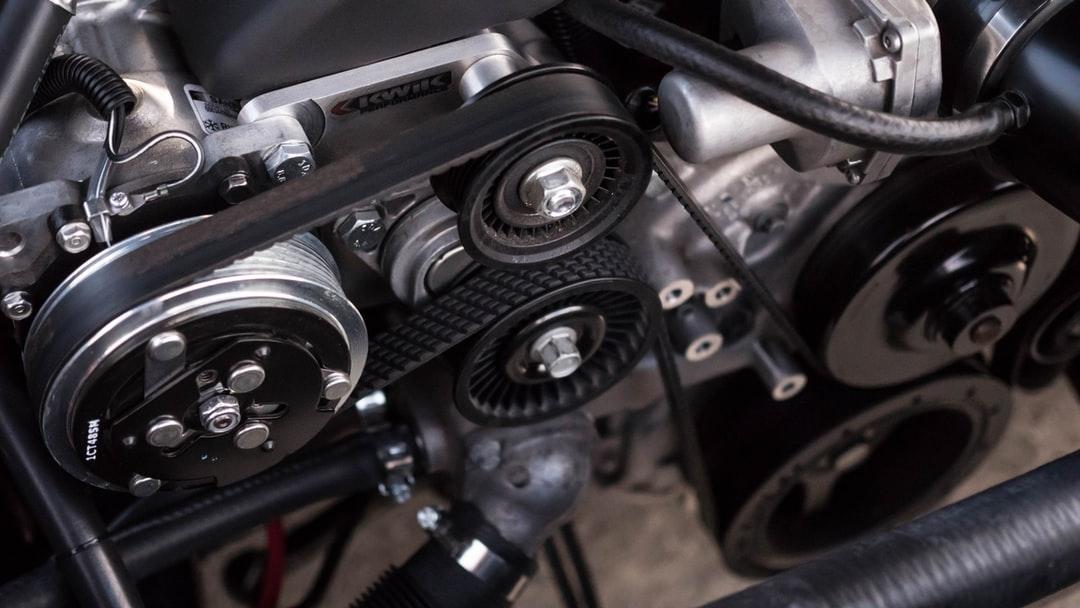24.02.21
Am I allowed to place a machine on the market as an "incomplete machine" due to missing protective devices?
An incomplete machine is defined according to the Machinery Directive 2006/42/EC, Article 2 g) as follows:
"incomplete machine" means an assembly that almost forms a machine but cannot perform a specific function on its own. A drive system constitutes an partly completed machine. Partly completed machinery is only intended to be incorporated into or assembled with other machinery or other partly completed machinery or equipment to form, together with them, machinery within the meaning of this Directive. (source: Machinery Directive 2006/42/EG)
Machines that are operated independently, can perform their specific application, and are only missing the required guarding or safety components are not considered to be partly completed machinery. These are unsafe machines that do not meet the requirements of the Machinery Directive and therefore may not be placed on the market in the EU.
This interpretation is taken from the Guide to the Application of the Machinery Directive 2006/42/EC (Edition 2.2 - October 2019).
In practice, it does happen that "still" insecure base systems, such as e.g.
- Purely mechanical assemblies without controls,
- Functional units without higher-level protective devices,
- Systems without defined application limits/purposes or
- Systems without protective devices
are sold.
The reason for this is that the protective devices can only be meaningfully defined/concretized during the planning of an assembly.
However, this always requires a contractual basis and the designation of a person responsible for CE marking. This person then acts on his or her own behalf as the manufacturer or the manufacturer's authorized representative for the complete system that is ultimately ready for operation. Exceptions to this are equipment that is excluded from the scope of the Machinery Directive 2006/42/EC, such as machines for research purposes for temporary use in laboratories.
In principle, classification as a machine or partly completed machine must be carried out by the manufacturer. Even when issuing a declaration of incorporation, the manufacturer cannot avert all responsibilities. The manufacturer must specify in the assembly instructions which conditions must be fulfilled so that the partly completed machine can be assembled with the other parts to form the complete machine properly and without impairing the safety and health of persons. This includes all safety-relevant aspects of the partly completed machine and the interface between the partly completed machine and the complete machine, which must be taken into account by the assembler of the complete machine.
Depending on the design of the operating limits, such specifications can involve considerable effort. Often, the cost-intensive protective measures are underestimated during planning, such as
- Ventilation systems (fume hoods for hazardous substances, ventilation, etc.)
- Measures for the reduction of material and noise emissions
- Implementation of safe operating modes (set-up and special operating modes)
- Vibration reduction measures
- Accesses (landings, railings, stairways, etc.)
- etc.
 An incomplete machine according to the Machinery Directive 2006/42/EC may not be put into operation until the machine into which the incomplete machine is to be incorporated complies with the provisions of the Machinery Directive 2006/42/EC.
An incomplete machine according to the Machinery Directive 2006/42/EC may not be put into operation until the machine into which the incomplete machine is to be incorporated complies with the provisions of the Machinery Directive 2006/42/EC.
In this case, provision must always be made for a higher-level CE marking and corresponding completion of protective devices.
If there is room for interpretation, a contractual agreement should be made.
We will be pleased to assist you in this.
